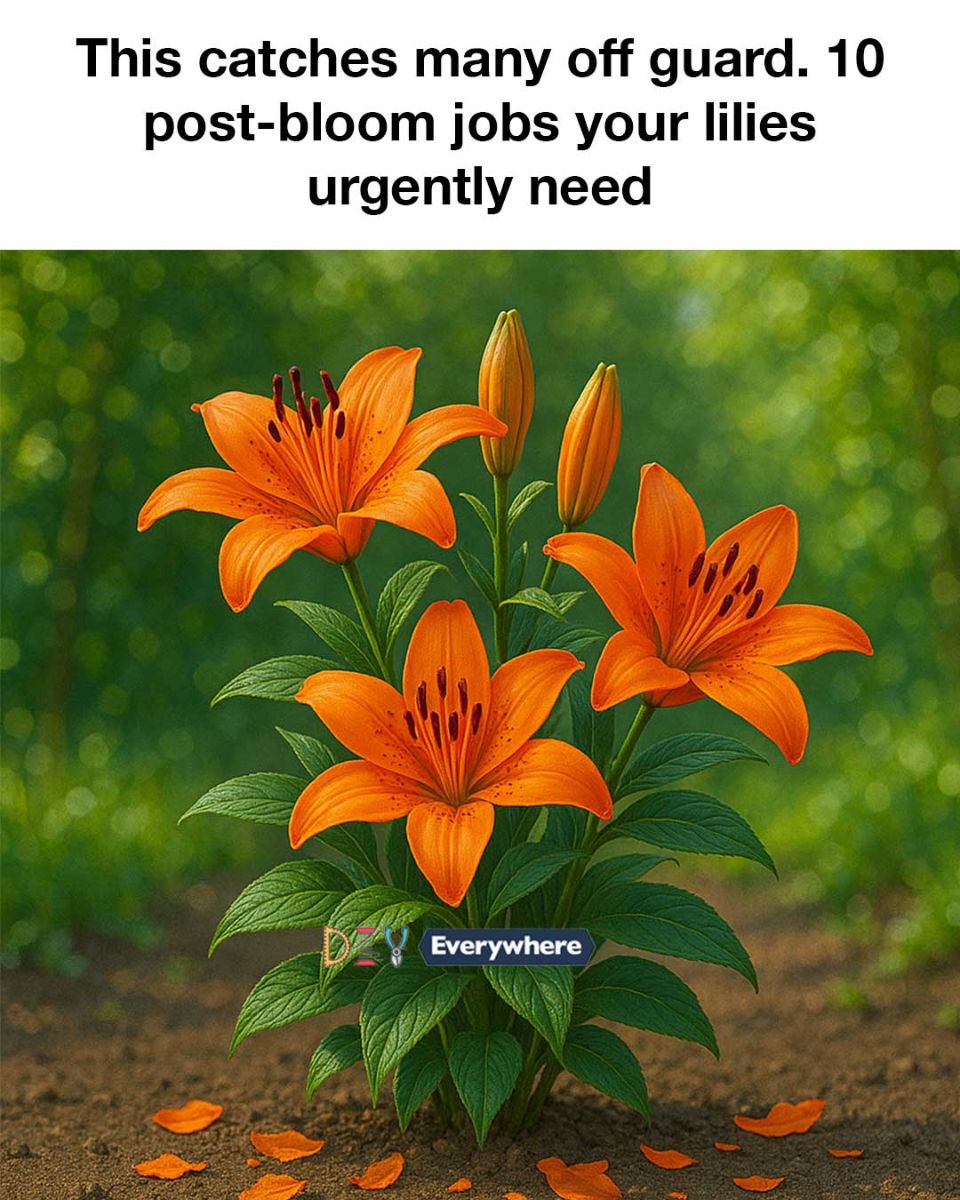Lilies are a beloved addition to many gardens, known for their stunning blooms and intoxicating fragrance. However, once the vibrant display of flowers has faded, many gardeners are left wondering what steps to take next. Post-bloom care is crucial for ensuring that your lilies remain healthy and continue to thrive in the coming seasons. Proper maintenance not only supports the plant’s health but also enhances the beauty of your garden.
In this article, we will explore ten essential tasks that you should undertake once your lilies have finished blooming. These tasks will help you maintain the vitality of your plants, prepare them for future growth, and ensure that your garden remains a lush and inviting space. From deadheading to planning next year’s garden, each step is designed to support the long-term health and beauty of your lilies.
Advertisement
1. Deadheading: Remove Spent Blooms
Deadheading is the process of removing spent blooms from your lilies. This task is essential because it prevents the plant from expending energy on seed production, allowing it to focus on strengthening the bulb for next year’s growth. To deadhead, simply use a pair of sharp scissors or pruning shears to cut the flower stalk just below the bloom. Be careful not to remove any leaves, as they are crucial for photosynthesis.
Regular deadheading throughout the blooming season can also encourage more blooms and prolong the flowering period. Make sure to dispose of the spent blooms properly to prevent any potential diseases from spreading in your garden.
2. Pruning: Trim Back Foliage
ADVERTISEMENT

